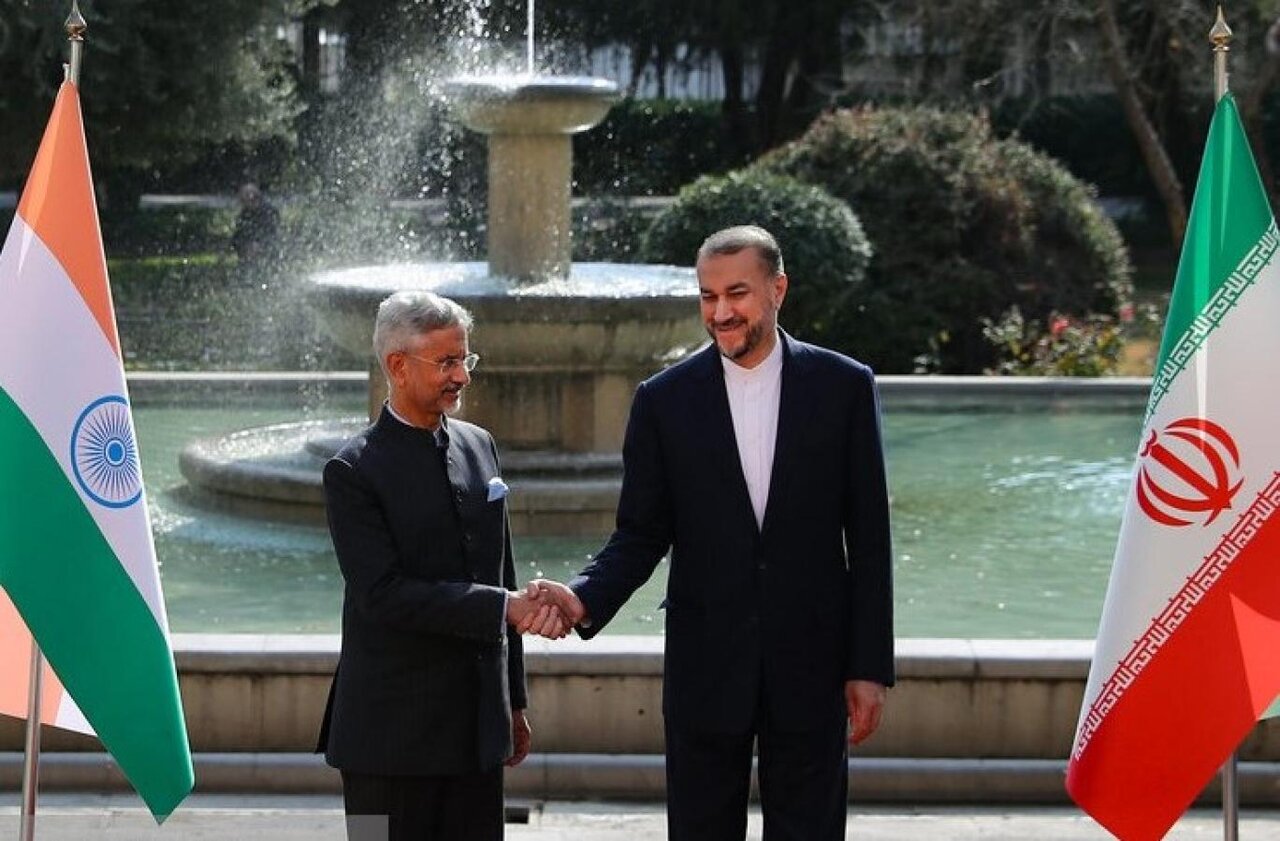Strengthening cultural bonds with Iran: India adds Farsi as a classical language

TEHRAN- India’s Minister of External Affairs, Subrahmanyam Jaishankar, who is currently undertaking a two-day visit to Iran, has said that Farsi has been included as one of the nine classical languages in India under the New Education Policy.
"The government of India has decided to include Farsi as one of the nine classical languages of India in our New Education Policy," Jaishankar remarked during a joint press conference in Tehran on Monday with his Iranian counterpart, Hossein Amir Abdollahian, ISNA reported.
This decision reflects India's dedication to promoting a deeper understanding and appreciation of the rich heritage connected to Farsi within the Indian educational system, the report added.
Both ministers recognized the power of people-to-people connections and the remarkable cultural, literary, and linguistic bonds that unite both nations.
"Our strong people-to-people connections have always been one of our greatest assets,” Jaishankar said and added: “Iran and India share deep cultural, literary, and linguistic ties, which provide a strong foundation for increasing exchanges of tourists, students, artists, athletes, and scholars.”
“We discussed ways to strengthen the connections between our cultural and educational institutions," stressed Jaishankar, underscoring the potential for expanded cooperation across various domains.
Persian, also known as Farsi, is an ancient and rich language with a long and fascinating history. It belongs to the Indo-Iranian branch of the Indo-European language family and is primarily spoken in Iran, Afghanistan, Tajikistan, and parts of Uzbekistan. With over 110 million speakers worldwide, Persian holds the prestigious status of being one of the world's major languages.
The Persian language has a rich literary tradition that stretches back over a millennium. It can be traced back to the ancient Persian Empire and has been influenced by Arabic, Turkish, and other languages over the years. Persian literature is renowned for its poetry, which includes the works of famous poets like Rumi, Hafez, and Saadi. Persian poetry is characterized by its lyrical beauty, intricate metaphors, and spiritual themes, making it a significant part of Persian cultural identity.
Persian remains an important language in the modern world, contributing to various fields such as literature, art, science, and diplomacy. It serves as the official language of Iran and is widely used in government, media, education, and literature. Additionally, Persian has had a significant influence on neighboring languages, such as Urdu and Tajik, shaping their vocabulary and grammar.
SAB/
